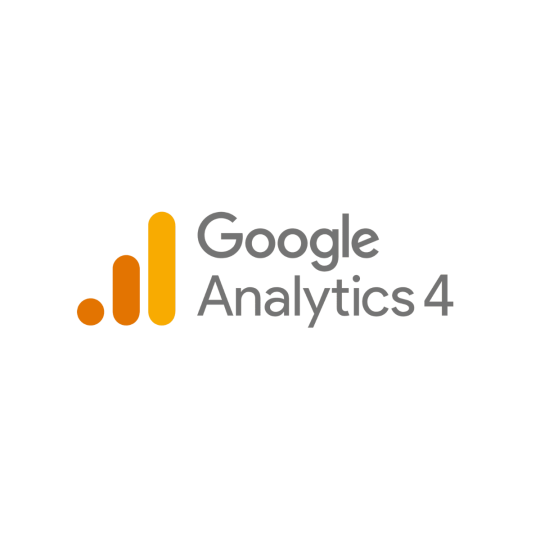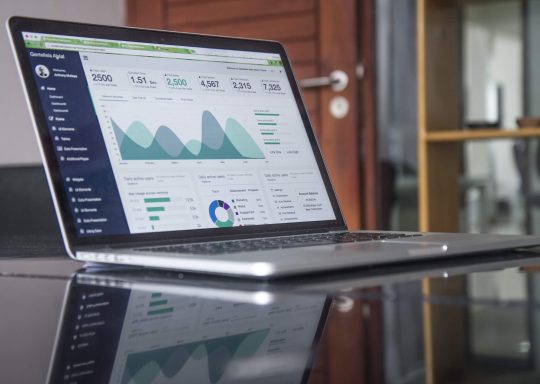The Evolution of Google Ads Match Types
In the realm of online advertising, Google Ads has long been a cornerstone for businesses seeking to connect with their target audience through Pay-Per-Click (PPC) campaigns. Over time, Google has continually refined its advertising platform, including the evolution of match...
Reels. Shorts. TikToks. How The Consumption of Video is Evolving
In today’s digital age, video content has become an integral part of our daily lives. In fact, 93% of social media marketers say video is a vital component of their social media strategy. Video has been a buzzword in marketing for years, and today brands are using it to...
Google Ads Experiments: Key Features & Best Practices
It’s no secret that a/b testing is imperative to a successful paid search program—but what does that mean, and what can it look like? There are several approaches you can take when running tests for your paid search campaigns. Maybe you are testing landing pages, running new...
How Google’s Infinite Scroll Impacted the SERP for Good
“No one clicks over to Page 2”. We’ve all heard this timeless quip, that no one in their right mind would ever be so bold as to want more than 10 options to find what they’re looking for. Publishers and brands would fight for their page 1 rankings, as this, we were told, was...
GA4 POV: Top 3 Benefits and Challenges
Have you recently migrated to GA4 but are still getting up to speed on the actual differences (the good and the bad) between GA4 and Universal Analytics? If so, this blog is for you!
By now we’ve all heard of Google Analytics 4 (GA4) and a majority of us have spent hours and...
Top 5 AI SEO Tools of 2023 (+ How to Use AI for SEO and Content Marketing)
No matter where you stand on AI, it’s no longer something we can ignore. In 2022 alone, AI companies received $1.37 billion in venture capital — which is more than in the previous five years combined. And businesses are taking note. According to a recent survey from IBM, 77...
What is the Google Product Reviews System, and What Does it Mean for Your Digital Marketing Strategy?
Reviews are incredibly impactful – and essential – for business marketing and profitability. According to a recent study, over 99% of online shoppers refer to reviews when making purchase decisions, making them the top factor impacting consumer choices. (Source:...
How to Export Google Analytics Data to BigQuery
Google has announced that Universal Analytics will be sunsetting on July 1, 2023. Per their website, “On July 1, 2023, standard Universal Analytics properties will no longer process data.” On top of the challenge of learning an entirely new analytics platform in GA4, digital...
How to Avoid Sampling When Exporting Universal Analytics Data
Synopsis: Options are limited if you’re looking to avoid sampling when exporting your historical universal analytics data in preparation of the migration to GA4. Our new tool, the Analytics Data Extractor (ADE), reliably and accurately extracts, stores and visualizes your...
How to Use Impression Share to Project PPC Budget
PPC advertising budgets can be one of the most difficult tasks for marketers to figure out as there are many factors affecting this decision. But don’t worry, Synapse is here to help. While it may seem daunting, there are a number of valuable (yet often overlooked) metrics...








